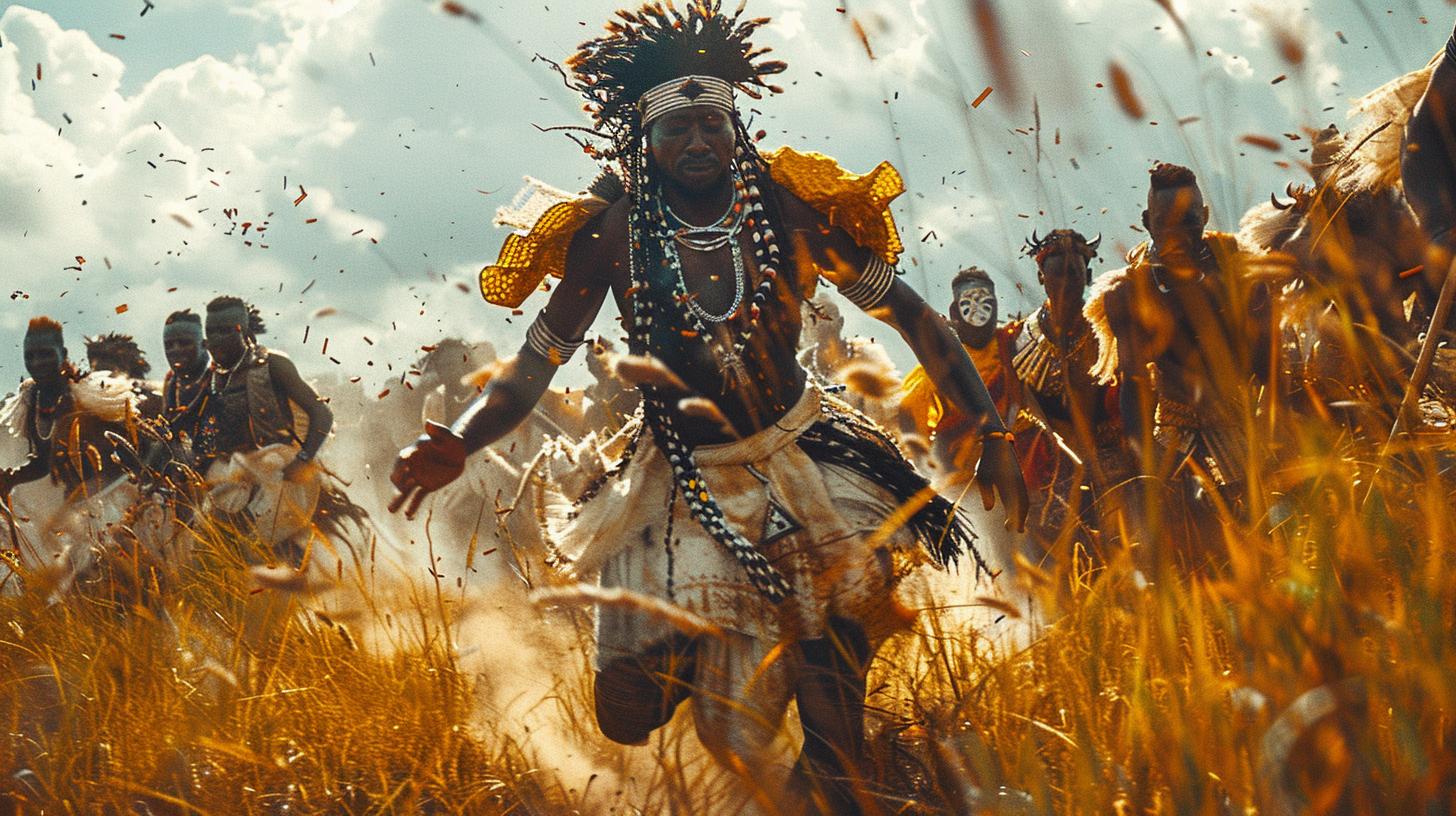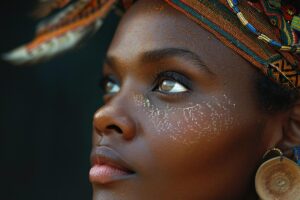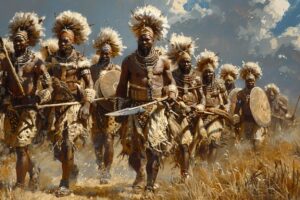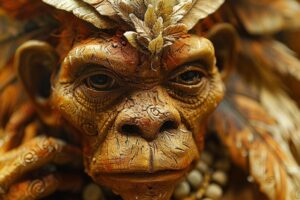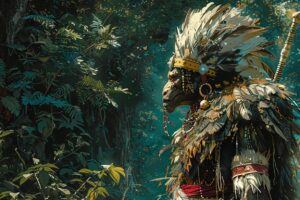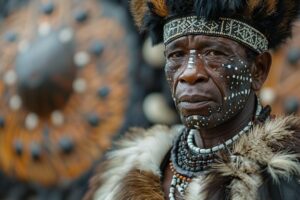Tikoloshe African Mythology: Unveiling the Mysteries of the Tokoloshe
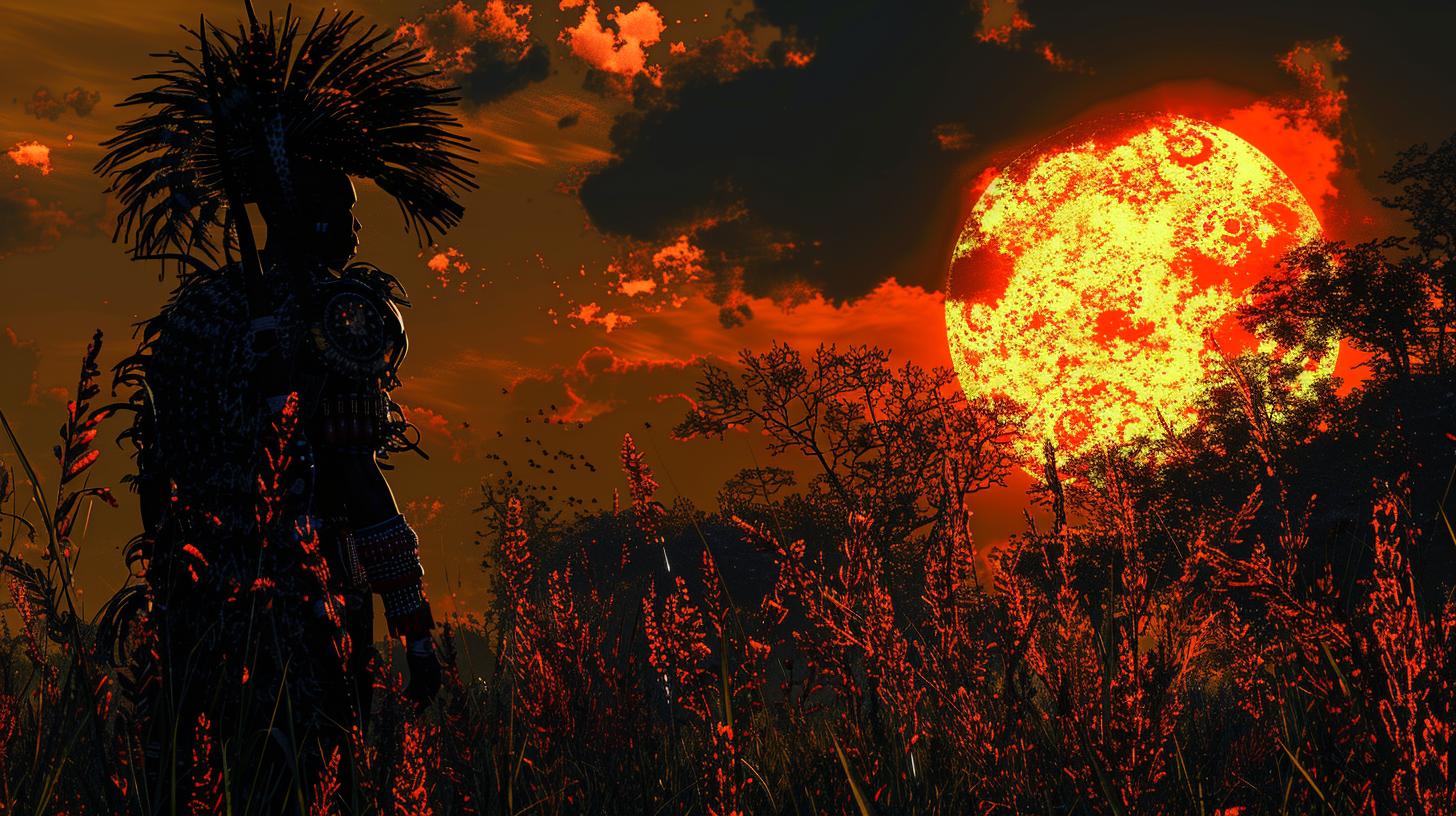
The Tikoloshe in African Mythology is a mischievous and malevolent creature of supernatural origin. It is known for causing trouble and harm to individuals, with traditional protection methods and spiritual interventions used to ward off its influence.
The Tikoloshe’s presence can be seen in various aspects of modern culture, from music to film, reflecting its lasting impact and beliefs in society. Superstitions surrounding the Tikoloshe continue to persist, with legends and real-life references adding to its mystique.
Comparisons to other mythical creatures, such as those in Celtic mythology, further highlight its cultural significance.
The Origin of the Tikoloshe
In African Mythology, the origin of the Tikoloshe is steeped in folklore and legend, with the Bantu people offering their own unique explanation for the existence of this mysterious creature.
The Folklore Bantu Explanation
According to Bantu folklore, the Tikoloshe emerged as a way to explain the unexplainable phenomenon of sudden deaths during the night. People sleeping on the ground by the warmth of a fire unknowingly exposed themselves to a deadly risk, leading to the creation of the Tokoloshe myth.
The Tokoloshe’s Characteristics
The Tikoloshe is described as a small, mischievous being that possesses the ability to turn invisible by either drinking water or swallowing a stone. Its malevolent nature allows it to cause harm and mischief, making it a feared entity in African mythology.
Protection Against the Tikoloshe
Protection against the mischievous Tikoloshe involves a combination of traditional methods and intervention by spiritual figures.
Traditional Methods of Protection
- Elevating beds from the ground to avoid the Tikoloshe’s reach
- Placing bricks under each bed leg to keep the creature at bay
- Using specific herbs or talismans believed to ward off evil spirits
Intervention of Spiritual Figures
Spiritual intervention by individuals like apostolic pastors or traditional healers, known as sangomas, is sought to banish the influence of the Tikoloshe.
These spiritual figures are believed to possess the power to protect individuals from the mischievous entity.
The Tikoloshe in Modern Culture
Mention in Pop Culture
The Tikoloshe has made its mark in various aspects of popular culture, appearing in literature, television, and comic strips. Its mischievous and malevolent nature has inspired artists and creators to include it in their works.
Influence in Music and Film
- Music: The Tikoloshe’s presence can be felt in the music industry, with songs and lyrics referencing its folklore and symbolism. Artists have used the Tikoloshe as inspiration for their music, adding a mysterious and dark element to their compositions.
- Film: In the world of cinema, the Tikoloshe has been portrayed in various films, both in South Africa and internationally.
Its complex character and supernatural abilities have captivated audiences, showcasing its enduring presence in modern storytelling.
The Tikoloshe’s Influence and Beliefs
In African folklore, the Tikoloshe is surrounded by various superstitions and beliefs, shaping its reputation as a mischievous and malevolent entity.
Superstitions Surrounding the Tikoloshe
- People often take precautions to protect themselves from the Tikoloshe’s malevolent influence.
- Beliefs about the creature’s ability to bring harm and misfortune have been passed down through generations.
Legends and Real-Life References
Throughout history, the Tikoloshe has been referenced in both legends and real-life accounts, adding to its mystique and impact on African culture.
- Stories of encounters with the Tikoloshe continue to circulate, fueling the fear and intrigue surrounding the creature.
- Real-life incidents attributed to the Tikoloshe serve as cautionary tales, emphasizing the importance of respecting its power.
Celebrating the Tikoloshe
Celebrating the Tikoloshe involves embracing its presence in various forms of art and respecting the mythology that surrounds this mischievous creature.
Including the Tikoloshe in Art
Artists often incorporate representations of the Tikoloshe in their work to symbolize cultural beliefs and traditions. These artworks serve as a visual reminder of the creature’s significance in African mythology.
Respecting the Mythology
Respecting the mythology of the Tikoloshe entails acknowledging its symbolism and cultural importance.
By recognizing the power and influence of this mythical being, individuals pay homage to traditional beliefs and superstitions.
Comparisons to Other Mythical Creatures
Similarities to Celtic Mythology
The Tikoloshe, a mischievous spirit in African mythology, shares similarities with Celtic mythical creatures such as the Anchimayen and the Tupilaq. These beings, like the Tikoloshe, are known for their supernatural powers and ability to cause mischief among humans.
Cultural Permeation of the Tikoloshe
The legend of the Tikoloshe has permeated not only African culture but has also made its mark in modern society. References to the Tikoloshe can be found in music, film, art, and literature, showcasing its enduring influence and cultural significance.
.

